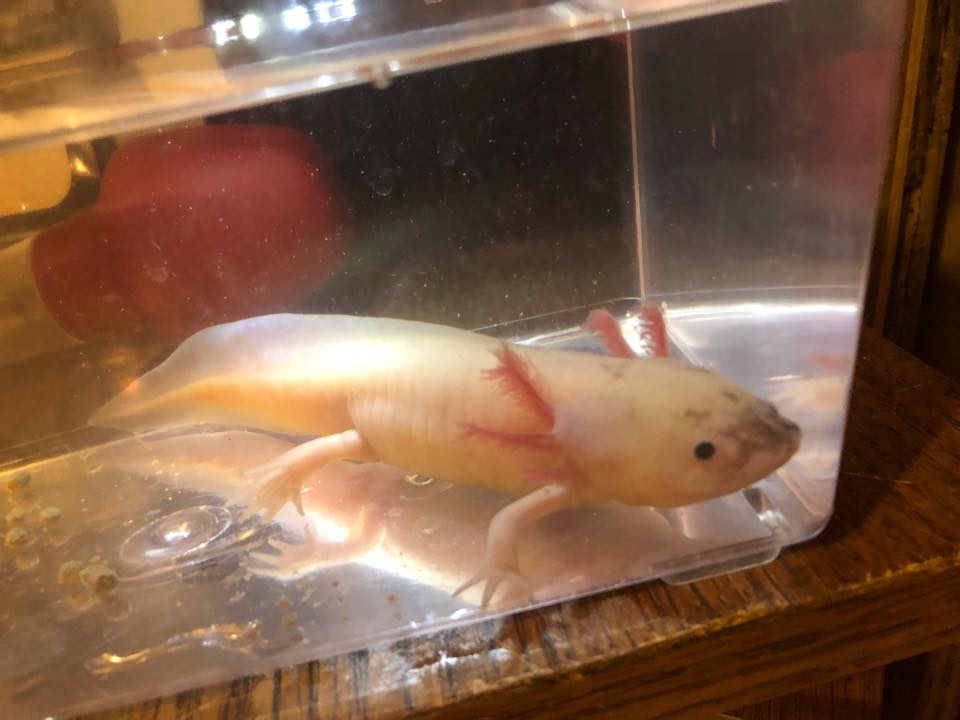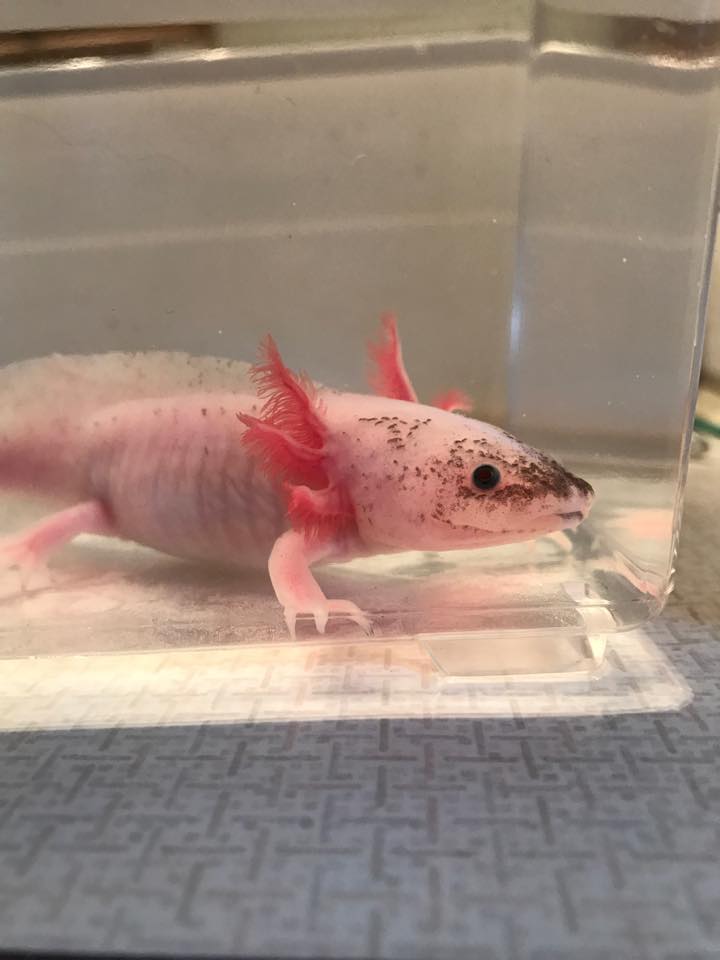The Mottled Lotl are proficient raisers of Axolotls (also known as “Mexican Lizards”). The Mottled Lotl enthusiasm is to offer prevalent types of Axolotls alongside all that you expect to really focus on and appreciate them appropriately.
The Mottled Lotl couldn’t want anything more than to assist you in your consideration for your axolotl in any capacity The Mottled Lotl with canning. We love to train and tutor others to light the similar fire of energy The Mottled Lotl have for these richest and most wonderful animals of God.
What sorts of axolotls are there?
There are a few various types of axolotls available to be purchased from legitimate reproducers.
#1. Leucy (pink axolotl)
The “pink” one is known as a Leucistic, Its hereditary term is called White. Leucy for short, Leucies can go from clean seeming to be this one all they approach to looking practically dark. Those are called Piebald Leucies. A Messy Leucy seems as though it has spots. Leucies have iridophores (glossy spots) normally just found on their eye rings and here and there their gills. At the point when Leucies are minuscule you can see xanthophores (yellow color that seems to be spots under a magnifying lens). That normally mixes in as they progress in years and not recognizable.
#2. Melanoid (dark axolotl)
Next is a Melanoid or Mel Axanthic. Mel is short for Melanoid. Melanoids don’t have iridophores. They really do anyway have xanthaphores which likewise is difficult to see when they get greater. Axanthics don’t have iridophores, they likewise don’t have xanthaphores. Melanoids are smooth looking while an Axanthic has an example, however the blend of them together will seem to be a smooth Melanoid yet missing xanthaphores. This is a lot more straightforward to distinguish when they are little. Best if under magnifying lens as well.
#3. Wild-type axoltol
A Wild-Type has an example when little, now and then keeps an example and in some cases less perceptible when greater, yet consistently has Xanthaphores and Iridophores.
#4. Pale skinned person axolotl (also known as Brilliant Pale skinned person)
A Pale skinned person otherwise known as “Brilliant” Pale skinned person will go from dazzling yellow to a pinky yellow. They have iridophores all around their body and eyes and have no dark shade at all. They contain practically zero melanin. So their eyes look more clearish looking. You realize they are yellow so they have xanthaphores as well.
#5. Copper axolotl
However, a Copper has an example, it doesn’t have dark color by any stretch of the imagination. It resembles the redheads of Axolotls in variety to me. Rather than red they have a tanish/rosy variety to them. Their examples range in those tones. They have iridophores and xanthaphores.
#6. Hypomelanistic axolotl
Presently to the latest aggregate. Those are Called Hypomelanistic. They have iridophores and bunches of Xanthaphores. They can look basically the same as a Wild-Type. They range in colors as well. However, their dark shade is dulled. In some cases this type is difficult to distinguish to the undeveloped eye.
Cranial Sparkle
“Brilliant” Pale skinned people, have what we call a cranial sparkle (focusing an uv light on the head you can see the skull gleam).You can have mixes with every one of the aggregates generally together aside from Wild-Type. The main thing that can consolidate with a Wild-Type is the weird chromosomes Axolotl called Mosaic.

